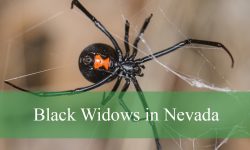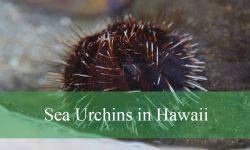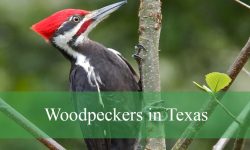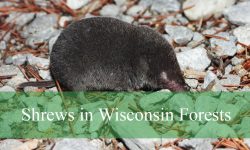Florida, known for its lush landscapes and diverse wildlife, might not be the first place that comes to mind when thinking of chipmunks. Unlike northern states where chipmunks are abundant, Florida hosts a more limited population. Despite this, the presence of chipmunks adds an interesting layer to the state’s ecosystem. These small, striped rodents, primarily the Eastern Chipmunk, play vital roles in seed dispersal and soil aeration. For wildlife enthusiasts, understanding these creatures offers insight into Florida’s natural habitats and the subtle ways small mammals influence the environment.
Chipmunks in Florida are often overlooked due to their shy and solitary nature. They are small but remarkably active, constantly foraging for food and maintaining complex burrow systems. Observing them requires patience, as their alertness and quick movements make them both fascinating and challenging to study in the wild. Florida’s chipmunks adapt to different environments, from wooded areas in the northern Panhandle to suburban neighborhoods where vegetation provides cover and food.
In this guide, we will explore Florida’s chipmunk species, their identification, behavior, habitats, and interactions with humans. Additionally, we will cover the best times and locations to observe these creatures and provide answers to common questions wildlife enthusiasts might have about chipmunks in the Sunshine State.
Types of Chipmunks in Florida
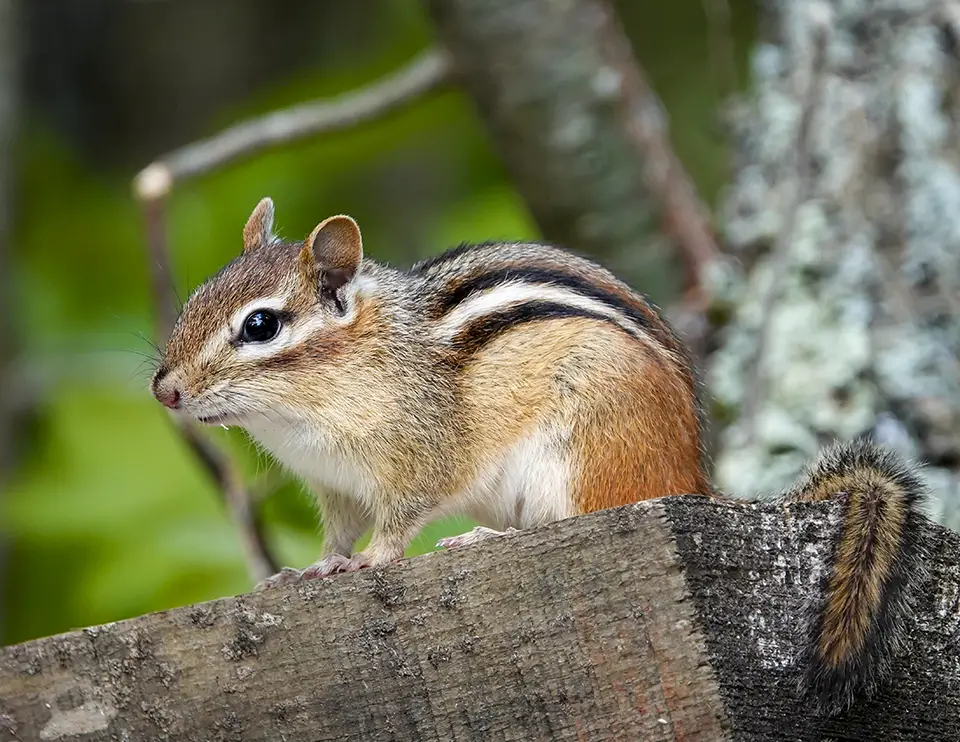
Eastern Chipmunk (Tamias striatus)
The Eastern Chipmunk is the primary species found in Florida. While it is common throughout much of eastern North America, its range in Florida is mostly limited to the northern counties. The Eastern Chipmunk is easily recognized by its reddish-brown fur and distinctive stripes along its back, which run from head to tail. Its cheeks are equipped with expandable pouches, perfect for carrying seeds, nuts, and small fruits back to its burrow. Adult Eastern Chipmunks typically measure 9–11 inches in length, including their bushy tail, with a weight range of 70–120 grams.
Behaviorally, Eastern Chipmunks are solitary and territorial. They are diurnal, most active during daylight hours, especially in the morning and late afternoon. Chipmunks spend much of their day foraging for food, storing surplus in their burrows, and maintaining their intricate underground homes. Their diet is primarily plant-based, including acorns, seeds, berries, and occasionally insects. In Florida, they are crucial in dispersing seeds, aiding forest regeneration and plant diversity.
Florida’s Eastern Chipmunks prefer shaded forests, woodland edges, and areas with thick ground cover. In urban and suburban areas, they can adapt to gardens, parks, and yards, provided there is enough vegetation for shelter. Observers are most likely to spot them in northern counties, such as Escambia, Santa Rosa, and Leon, where cooler climates and suitable habitats mimic those found further north in the United States.
Identification of Florida Chipmunks
Identifying chipmunks in Florida involves noting several key physical characteristics. Their small size, combined with their reddish-brown coat and bold dorsal stripes, makes them distinguishable from other small mammals like squirrels or mice. They possess large, dark eyes and short, rounded ears, giving them an alert and expressive appearance. The tail, bushy but proportionally shorter than a squirrel’s, is often held upright while the chipmunk moves, signaling both balance and readiness for quick escapes.
Behavioral traits also assist in identification. Chipmunks are known for their energetic movements and constant vigilance. They often freeze when sensing danger, then dash to cover with remarkable speed. Their cheek pouches are a notable feature, allowing them to transport multiple food items at once. Observing these pouches bulge and retract while they gather food is a telltale sign of a chipmunk at work.
Distinguishing Eastern Chipmunks from other small rodents in Florida is straightforward due to the combination of dorsal stripes, cheek pouches, and bushy tail. Unlike squirrels, which are larger and have longer tails, chipmunks maintain a lower profile and are often closer to the ground, navigating dense underbrush and leaf litter.
Behavior and Social Structure
Chipmunks are primarily solitary creatures. Each individual maintains its own territory, often marked by scent glands or disturbed vegetation. They are highly active foragers, spending much of the day gathering and storing food for periods when resources are scarce. In northern Florida, where seasonal variation is less pronounced than in northern states, chipmunks may exhibit less dramatic winter behavior but still rely on cached food during cooler months.
Communication among chipmunks is subtle but important. They produce high-pitched chirps or trills to warn of predators or intruders. These vocalizations are short but effective in alerting other chipmunks nearby. Although they are solitary, chipmunks may tolerate close neighbors as long as food resources and burrow spaces are sufficient.
Mating behavior in Florida generally follows seasonal patterns observed across the species’ range. Breeding typically occurs in early spring and late summer, producing one or two litters per year. Mothers build well-protected nests within their burrows, where they care for the young until they are ready to emerge and forage independently.
Habitat and Distribution in Florida
The distribution of chipmunks in Florida is largely concentrated in the northern Panhandle and northern counties where pine forests, hardwood woodlands, and shaded areas provide the necessary cover and food sources. While less common in central and southern Florida, they can occasionally be found in suburban gardens or parks that mimic natural woodland habitats.
Preferred habitats feature loose soil for burrowing, dense underbrush for protection, and abundant sources of seeds, nuts, and fruits. Burrows are often complex, with multiple entrances and chambers for nesting, food storage, and escape routes. Chipmunks are agile diggers, and their burrow networks can extend several feet below the surface.
Urban environments can support chipmunks if sufficient vegetation and cover exist. Lawns with shrubs, garden beds, and compost areas may attract them, especially if food is accessible. However, human activity can also pose threats through pets, traffic, and habitat modification, which is why chipmunks are more commonly observed in less disturbed areas.
Diet and Foraging
Chipmunks are omnivorous but heavily reliant on plant matter. Their diet consists mainly of acorns, seeds, berries, nuts, and various fruits. Occasionally, they will consume insects, small frogs, or bird eggs if the opportunity arises. Florida’s chipmunks play a critical ecological role by dispersing seeds and nuts, contributing to forest regeneration.
Foraging behavior is meticulous. Chipmunks often gather small amounts of food repeatedly, storing them in cheek pouches before returning to their burrows. Inside, they organize caches for short-term and long-term storage, ensuring survival during periods of scarcity. Their hoarding behavior not only supports their own survival but indirectly aids the ecosystem by leaving uneaten seeds that may sprout into new plants.
Observation of foraging chipmunks offers a glimpse into their resourcefulness. They are highly alert while gathering food, frequently scanning the environment for predators, and using quick dashes to return safely to their burrows.
Predators and Threats
Chipmunks face a variety of predators in Florida, including hawks, owls, snakes, and domestic cats. Their small size and ground-level habits make them vulnerable, but their agility, alertness, and burrowing abilities provide effective defense mechanisms. Quick retreats to complex burrow systems and freezing behaviors often prevent predation.
Human activity presents additional challenges. Habitat destruction, pesticides, and traffic can reduce chipmunk populations in urban and suburban areas. However, conservation of woodland areas and backyard habitats with dense vegetation can support chipmunk survival and coexistence with humans.
Best Times and Places to Observe Chipmunks
Observing chipmunks in Florida requires timing and location awareness. Early morning and late afternoon are optimal, as these are the most active foraging periods. Northern counties such as Escambia, Santa Rosa, Leon, and Gadsden offer the highest likelihood of sightings due to their woodland habitats.
Walking along forest edges, shaded trails, or suburban yards with sufficient vegetation can increase chances of observing chipmunks. Patience is essential, as these animals are naturally cautious and may retreat at the first sign of movement or sound. Using binoculars or sitting quietly near known feeding areas can yield rewarding sightings.
Fun Facts About Chipmunks in Florida
Chipmunks may be small, but they exhibit remarkable behaviors. Their cheek pouches can expand to hold several times the volume of their head, allowing them to transport large quantities of food at once. Despite their solitary nature, chipmunks have excellent spatial memory, enabling them to locate hidden caches months later. In Florida, these creatures contribute to seed dispersal, supporting the growth of native plants. Additionally, their vocalizations—tiny chirps and trills—serve as an early warning system in the forest, communicating danger to other animals nearby. Observing these tiny mammals offers an intimate look at the subtle but vital roles small rodents play in maintaining ecological balance.
How to Get Rid of Chipmunks in Your Yard
While chipmunks are generally beneficial to the environment, their burrowing and foraging can sometimes become a nuisance in yards and gardens. There are several effective strategies to discourage chipmunks from taking up residence without causing them harm.
The first step is removing attractants. Chipmunks are drawn to easily accessible food, such as birdseed, fallen fruits, and garden vegetables. Keeping the yard clean, storing birdseed in secure containers, and promptly harvesting fruits and vegetables can reduce the food sources that invite chipmunks. Additionally, trimming dense shrubs and ground cover near the house can eliminate hiding spots and make the area less appealing.
Physical barriers can also be effective. Installing mesh fencing around garden beds or placing wire cages over bulbs and young plants can prevent chipmunks from digging or accessing crops. For burrow prevention, filling holes with rocks or coarse gravel may discourage digging.
Some homeowners choose humane deterrents, such as motion-activated sprinklers, ultrasonic devices, or natural repellents like predator scents. These methods create an environment that chipmunks find uncomfortable, prompting them to relocate without harming them. Trapping is another option, but it should always follow local wildlife regulations and use live traps to ensure ethical treatment.
By combining habitat modification, barriers, and safe deterrents, chipmunks can be effectively kept out of yards and gardens while still allowing these small mammals to thrive in nearby natural habitats.
FAQs About Chipmunks in Florida
How many chipmunk species live in Florida?
Florida primarily hosts the Eastern Chipmunk. Other species common in northern states do not naturally occur in Florida.
Where are chipmunks most commonly found in Florida?
They are mostly concentrated in northern counties, especially in woodland areas, forest edges, and shaded suburban gardens.
Are chipmunks harmful to gardens?
Chipmunks may occasionally nibble on plants or seeds, but they generally cause minimal damage. Their ecological benefits, such as seed dispersal, often outweigh minor garden impact.
Can chipmunks be kept as pets in Florida?
Keeping chipmunks as pets is generally discouraged and may be regulated by state or local laws. They are best observed and appreciated in their natural habitat.
When is the best time to see chipmunks?
Early morning and late afternoon are ideal for observing active foraging behavior. Patience and quiet observation increase the likelihood of sightings.

